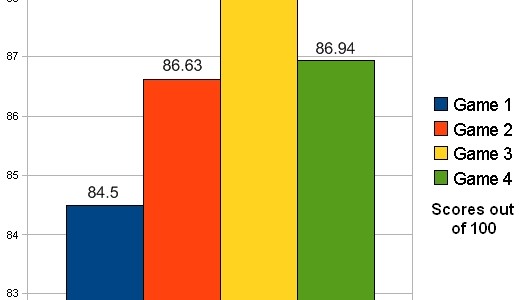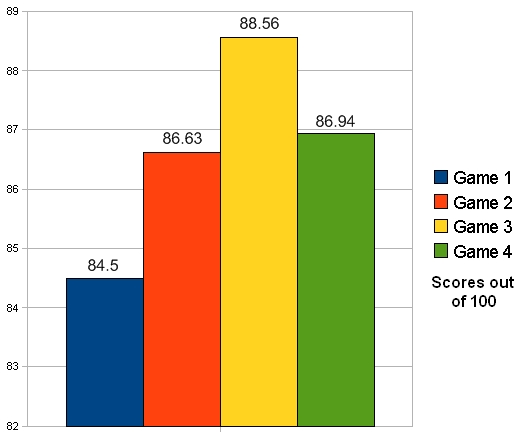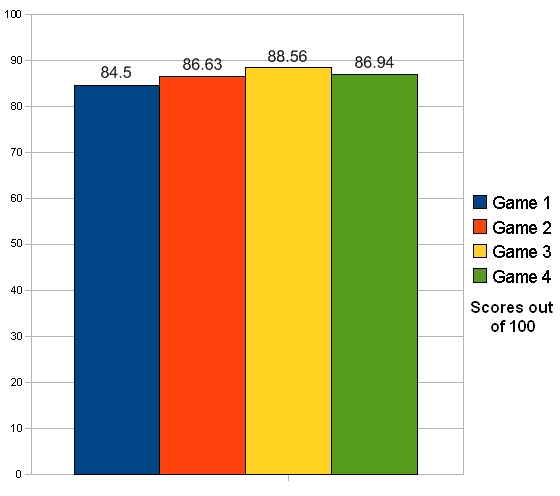Video game publishers thrive off of sequels, often relying on brand recognition and the ‘household name’ effect to drive sales further than they might see with wholly original intellectual properties. Consumers are more likely to purchase those games whose titles resonate in their memory than something that is, for all intents and purposes, foreign.
With all of the high-profile sequels we’ve seen in recent months/years, I can’t help but have this subject on my mind, and today I’ll be continuing my quasi-mini-series with an idea that I’ve been hypothesizing about for some time now — something I call the sequel curve.
I have long wondered if there is some regular trend that displays itself across all video game franchises relating to the quality of sequels over time. Is the first game always the best? Or is it the worst? How about the second? Do series improve or deteriorate consistently over time? Is there a magic number that is always the best, or is the whole thing just a crapshoot?
It’s hard to tell through causal observation. Looking at franchises like Silent Hill or Hitman, an argument could be made that the second in the series is the pinnacle of quality, whereas franchises like Devil May Cry or Grand Theft Auto would suggest just the opposite. Still others say that the third game is the best, and so on.
To lay this burning curiosity to rest, I decided to take a sample of 16 video game franchises and compare the average critical ratings of individual games throughout the course of the series. Because the number four has reared its ugly head in over a dozen current gen titles, because it is both large enough to create a good curve yet small enough that a significant number of franchises could be included, and because I’m thinking about Metal Gear Solid, I decided to examine the first four games in each series. The only other limiting factor was that these franchises had to have their roots in the modern, three-dimensional era of gaming — the 32-bit era and beyond — so as to get a result that is relevant to to today’s gamers.
The graph illustrates my results, and would appear to proclaim that the third entry into a video game franchise is typically the best. This could be because up until that point, developers are perfecting their craft and creating an identity for their games. Maybe after the third game, the content becomes stale and gamers become spoiled and demanding, needing to be wowed once again…
…or maybe this graph shows that there is no way to extrapolate a significant trend at all from the data given.
What look like sizable differences on the first graph amount to nearly nothing when viewed as part of a full 100-point range. Between the lowest and highest average scores, there is a mere four percent difference, which in the gaming world is almost completely negligible.
And thus, our questions have been answered! There is no distinct trend that describes the quality of all video game franchises over time. Each one is different from the rest, and every game within them is just as likely to be a triumphant blockbuster as it is to be an utter failure.
With that, I take my leave from this week’s column to play Grand Theft Auto IV, the ninth game in the series.




















